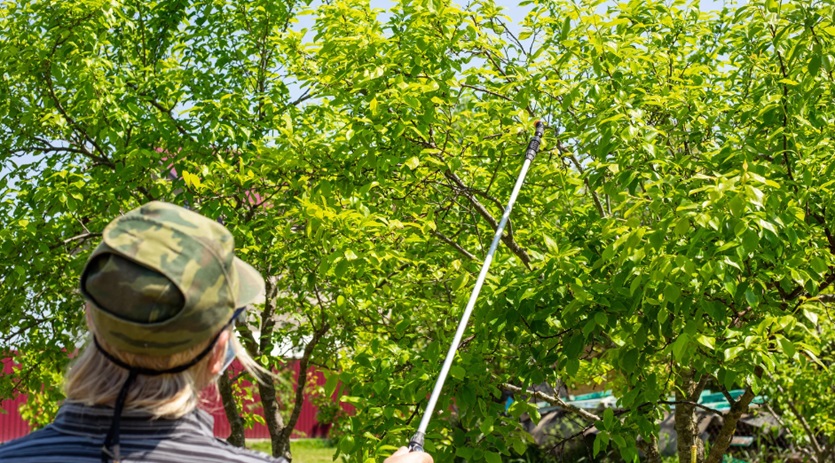Outline about Geocaching, and work module
Geocache (gee-oh-cash) is composed of two words. One is the prefix geo, which means “Earth,” and indeed the second is a secure location for stockpiling or lurking items. It would be like a global hide-and-seek play!
Also see: geocaching app kinder
The treasures, which can be discovered using only a portable hand – held GPS device or perhaps even your mobile phone, come in a variety of contours, dimensions, and levels of complexity. Crates can sometimes be camouflaged to blend in with their environment! Cache venues range from places you cross each day to pirate adventures off from the tourist trail. There are more than 2 million caches around the globe, so there should be destined to be one near you!
But at the very least, there would be a log journal to register from the inside of the cache. Relatively small treasures for trading activities, also including Healthy Lunch gadgets, decals, jiggly balls, as well as other enjoyable trinkets, were indeed usually found in the significantly bigger caches.
This is a brilliant way to get outside in your neighborhood. You still might discover a new favorite spot in terms of finding cache treasures.
Explore Geocaching .com & sign up for a free version to sign up and check out local caches. Luxurious membership costs $30 per year and gives you the opportunity to more premium geocaches. There are reportedly 115 caches currently offered for anyone to find, not including premium caches — that should be enough for a husband and wife on a late afternoon of excursion with kids. You also might want to carry a rucksack with a few small trade stuff, a stylus or 2, and some water bottles. If you consider taking anything from a cache, you must end up replacing it with something really of equivalent quality, according to geocaching rules.
Academic Benefits of Geocaching
Geocaching is a fun and engaging way to learn about geographical coordinates. Children are learning about using GPS, a navigation system, following directions, as well as charting out their cache venues as they search for their treasures.
Several more caches have indications that are straightforwardly related to the environment in which they have been found. As a result, children are noticing their environment and try to discuss the differences that exist in local habitats while treasure hunting.
Tech: Discovering, locating, and trying to log caches all necessarily require the need for a mobile phone or GPS, making this an excellent STEM activity.
Safety: A few caches are located in potentially hazardous regions. Acquiring off the tourist map and trying to explore with your parents is a good idea to teach your children basic outdoor security skills — from traffic safety to conserving water, geocaching demands that all these skills be discussed and instructed.
History: Numerous caches include information and/or a plotline about the area’s heritage. This is a fantastic opportunity to understand your neighborhood!
Problem Finding solutions: We’ve encountered a number of caches that already have presented us with challenges. Geocaching is a fun hobby for creative thinking, from having to figure out the exact location of the cache to how to open it.





